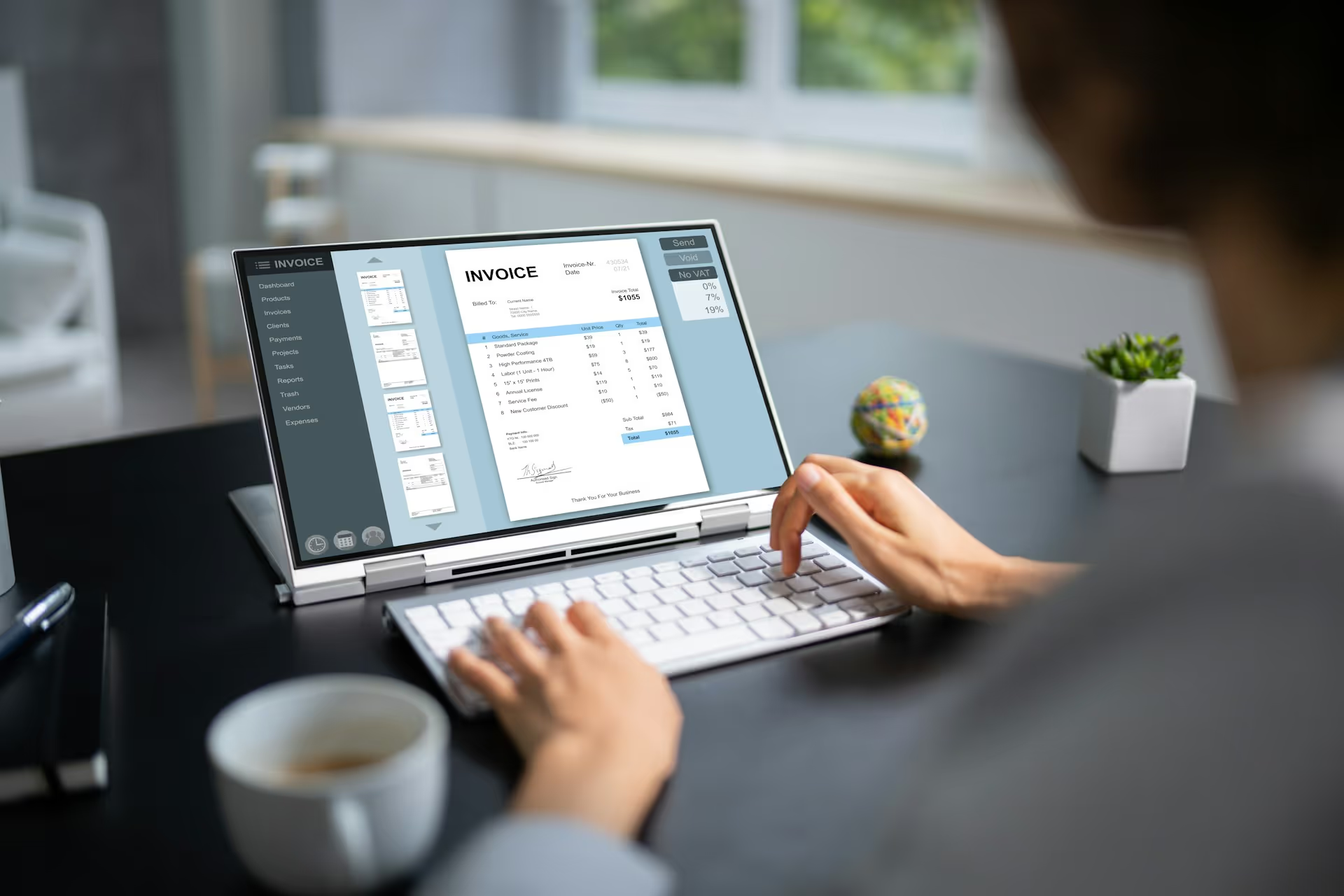A First Look at Accounts Payable Management Software


Introduction
Accounts payable management software helps companies handle bills, approvals, and payments all in one place. It replaces the slow, frustrating work of printing checks, chasing signatures, and copying data between systems. For growing businesses, that kind of control means fewer late payments, less confusion, and more time to focus on higher-value work.
When teams depend on emails or spreadsheets to stay organized, mistakes happen. Invoices get lost. Vendors call asking why they haven’t been paid. And finance teams spend more time fixing problems than preventing them. That’s where reliable accounts payable management software makes a difference. It turns a chaotic set of tasks into something more repeatable and less risky.
Understanding Core Features of Modern AP Tools
Good AP software does a few things well. It captures invoices automatically and sends them to the right people for approval. It lets teams set rules based on vendor, dollar amount, or job code. And it connects with general ledger systems so no one has to upload or retype data.
Beyond core workflows, strong tools offer visibility. That means showing what’s approved, what’s pending, and what’s overdue—without digging through emails. Live dashboards cut down on guesswork and give leadership clarity on spending.
Security and control are just as important. Role-based access lets teams decide who can approve, who can edit, and who can only see payment status. The software creates timestamps and audit trails automatically, which saves time when questions come up later.
The best systems don’t just help with day-to-day tasks. They make room for planning. When data is clean and current, finance teams can spot trends, flag outliers, or answer questions at a glance. That’s when software stops being a fix and starts being a tool for better decision-making.
Accounts payable management software from leading providers supports direct integration with ERPs and real-time data access, making it possible for finance leaders to monitor spend quickly and accurately.
Common AP Challenges Software Should Solve
Without reliable tools, accounts payable can quickly turn into a mess. Payments slow down. No one remembers where an invoice went. And when vendors don’t get paid on time, that trust starts to break down. These issues aren’t new, but they’re more painful as businesses grow.
Static approval chains are often to blame. If a manager is traveling or someone forgets to check their inbox, everything stalls. There’s also the old habit of printing things out for signatures, adding unnecessary steps that delay the whole process.
Some companies run their AP process with a mix of email, PDFs, and spreadsheets. That might work when volume is low, but it doesn’t scale. It’s hard to track what was paid, who approved it, or when. And once there’s a mistake—like a double payment or a missed due date—it takes an hour or more to unwind it.
Automated tools solve a lot of these problems. They keep requests organized. They remind people when tasks are waiting. And they flag issues before they grow. Everyone sees the same info in real time, so there’s less finger-pointing and more time to get the job done right.
AI-powered accounts payable management software catches duplicate invoices, flags late approvals, and keeps communication and audit trails clear for all users.
Embedded Payments and Security Considerations
Handling payments inside the AP platform itself—without bouncing between apps—saves time and headaches. Embedded payments remove the need to export data into outside systems. Everything stays connected, and that means fewer chances for someone to make an error during transfer.
It also creates clearer cash flow visibility. When approvals and payments happen in the same place, finance teams can better predict what’s going out and when. That level of clarity helps with planning and avoids last-minute surprises.
Security can’t be an afterthought, especially with multiple vendors and large payments moving through the system. Modern software should flag anything unusual—a changed bank account, a duplicate invoice, or a timing gap that doesn’t match normal behavior. Those alerts catch mistakes early before they turn into issues.
Vendor onboarding is another blind spot if not managed well. Missing W-9s, incorrect routing details, or sloppy record keeping can lead to payment delays. A strong system helps organize that info upfront and keeps it updated over time. That means fewer calls from vendors wondering what went wrong.
Accounts payable management software with embedded payment capabilities provides built-in fraud detection, secure vendor enrollment, and detailed payment logs for easier compliance and vendor support.
Measuring ROI from Your AP Workflow
It’s one thing to make a process faster. It’s another to know what that actually earns the business. Good accounts payable management software does both. For CFOs and AP leaders, clarity matters. And return on investment is about more than time saved.
Start with approvals. If it used to take five days and now it takes one, that’s time your team gains back. Track how often vendors get paid on time. Fewer delays mean better relationships and fewer reconciling issues later on.
Then look at payment accuracy. How many errors are being caught before things go out? If that number improves, that’s a clear sign the process is getting tighter.
Vendor experience is another signal. Fewer questions and complaints usually point to stronger workflows. If your AP inbox is quieter, that’s a win. And so is faster monthly close, fewer last-minute scrambles, and cleaner reporting. All those things free your team to spend more time looking forward instead of reacting.
Tie all this to long-term goals. A better AP process helps track commitments, manage budgets, and spot risks early. That ripple effect matters. Money flows better when info flows better.
Laying the Groundwork for Long-Term Payment Efficiency
A working AP process isn’t just about getting payments out the door. It’s about keeping the whole business running smoothly without adding stress or noise along the way. As teams grow and deadlines stack up, small problems can get bigger fast. That’s why it makes sense to tighten things now.
Modern software gives finance teams a foothold. Instead of adjusting spreadsheets, they can focus on better planning. Instead of chasing down checks, they can guide cash strategy. The right foundation lets them stop operating in fire drill mode.
Good systems scale without workarounds. That means no patching things together when paying across offices or tracking overhead on new projects. Consistent approvals and real-time insight help keep everyone aligned, no matter the size of the business.
Efficiency isn’t just for finance. It trickles into operations, vendor relationships, and leadership reporting. When payments are predictable, trust builds across the board.
Making time to assess and improve AP tools now can save months of friction later. It clears the way for cleaner growth, better decisions, and fewer surprises. And when finance runs smoothly, it shows in every corner of the business.
Planning the next phase of your AP operation works better when the right systems are already in place. Stronger visibility, fewer handoffs, and audit-ready records all start with the kind of support that comes built into effective accounts payable management software. At Finexio, we help finance teams stay focused on what moves strategy forward instead of getting pulled back into manual cleanup.
Get the free Newsletter
Get the latest information on all things related to B2B and electronic payments delivered straight to your inbox.




